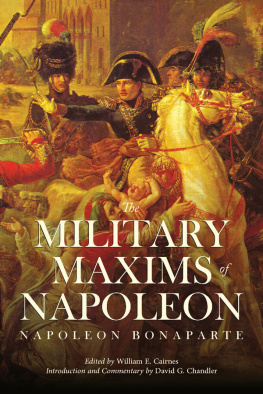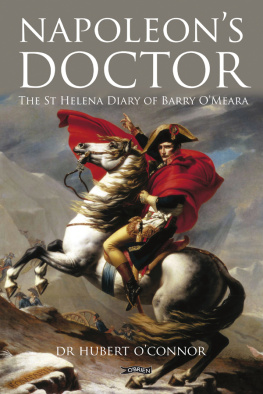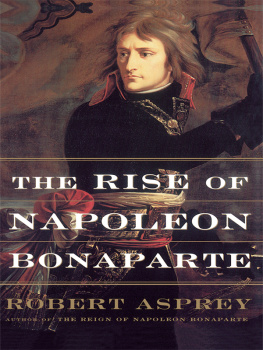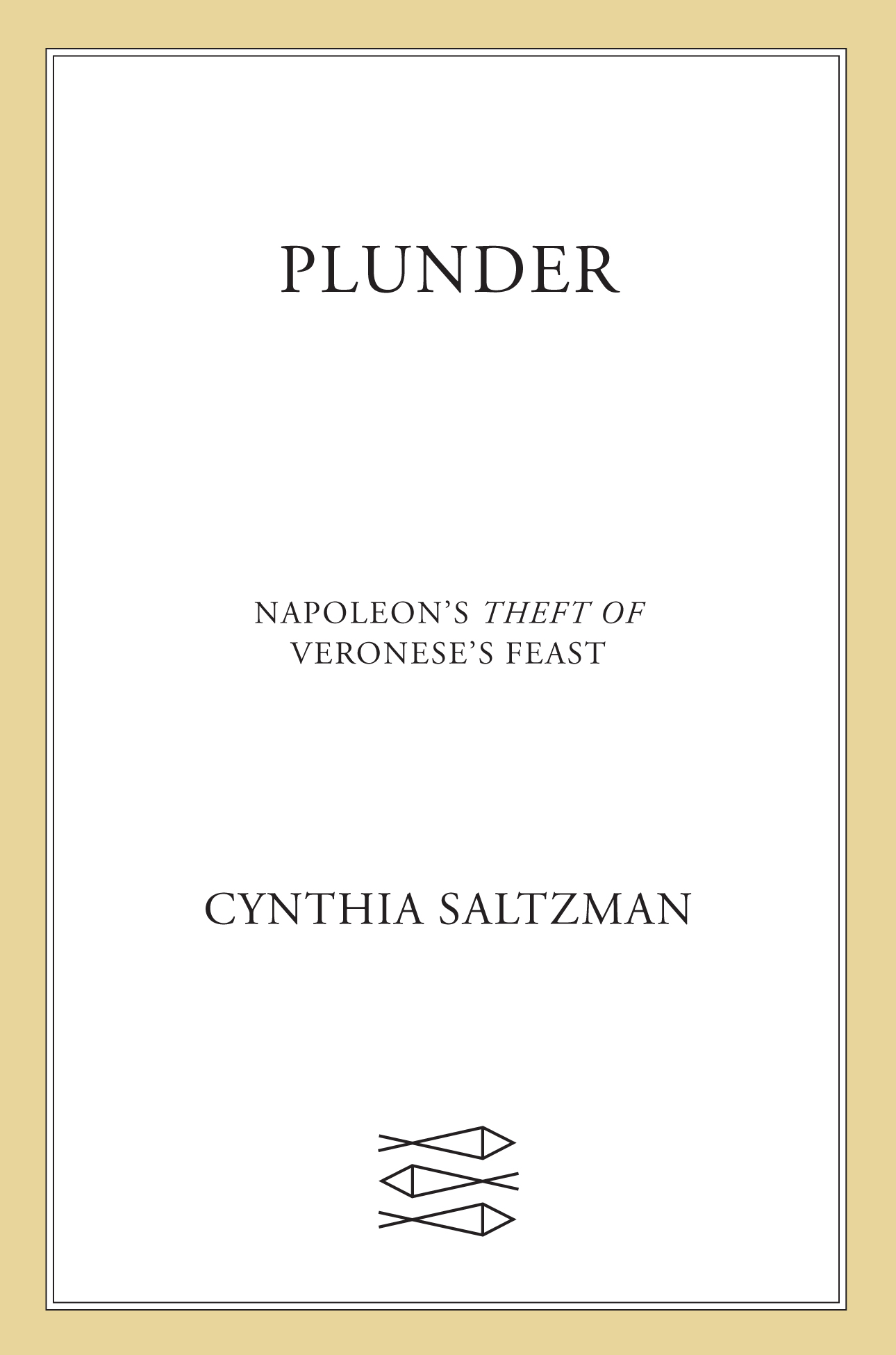Cynthia Saltzman - Plunder: Napoleons Theft of Veroneses Feast
Here you can read online Cynthia Saltzman - Plunder: Napoleons Theft of Veroneses Feast full text of the book (entire story) in english for free. Download pdf and epub, get meaning, cover and reviews about this ebook. City: New York, year: 2021, publisher: Farrar, Straus and Giroux, genre: History. Description of the work, (preface) as well as reviews are available. Best literature library LitArk.com created for fans of good reading and offers a wide selection of genres:
Romance novel
Science fiction
Adventure
Detective
Science
History
Home and family
Prose
Art
Politics
Computer
Non-fiction
Religion
Business
Children
Humor
Choose a favorite category and find really read worthwhile books. Enjoy immersion in the world of imagination, feel the emotions of the characters or learn something new for yourself, make an fascinating discovery.

- Book:Plunder: Napoleons Theft of Veroneses Feast
- Author:
- Publisher:Farrar, Straus and Giroux
- Genre:
- Year:2021
- City:New York
- Rating:5 / 5
- Favourites:Add to favourites
- Your mark:
Plunder: Napoleons Theft of Veroneses Feast: summary, description and annotation
We offer to read an annotation, description, summary or preface (depends on what the author of the book "Plunder: Napoleons Theft of Veroneses Feast" wrote himself). If you haven't found the necessary information about the book — write in the comments, we will try to find it.
A highly original work of history . . . [Saltzman] has written a distinctive study that transcends both art and history and forces us to explore the connections between the two.Roger Lowenstein, The Wall Street Journal
A captivatingstudy of Napoleons plundering of Europes art for the Louvre, told through the story of a Renaissance masterpiece seized from Venice
Cynthia Saltzmans Plunder recounts the fate of Paolo Veroneses Wedding Feast at Cana, a vast, sublime canvas that the French, under the command of the young Napoleon Bonaparte, tore from a wall of the monastery of San Giorgio Maggiore, on an island in Venice, in 1797. Painted in 1563 during the Renaissance, the picture was immediately hailed as a masterpiece. Veronese had filled the scene with some 130 figures, lavishing color on the canvas to build the illusion that the viewers space opened onto a biblical banquet taking place on a terrace in sixteenth-century Venice. Once pulled from the wall, the Venetian canvas crossed the Mediterranean rolled on a cylinder; soon after, artworks commandeered from Venice and Rome were triumphantly brought into Paris. In 1801, the Veronese went on exhibition at the Louvre, the new public art museum founded during the Revolution in the former palace of the French kings.
As Saltzman tells the larger story of Napoleons looting of Italian art and its role in the creation of the Louvre, she reveals the contradictions of his character: his thirst for greatnessto carry forward the finest aspects of civilizationand his ruthlessness in getting whatever he sought. After Napoleons 1815 defeat at Waterloo, the Duke of Wellington and the Allies forced the French to return many of the Louvres plundered paintings and sculptures. Nevertheless, The Wedding Feast at Cana remains in Paris to this day, hanging directly across from the Mona Lisa.
Expertly researched and deftly told, Plunder chronicles one of the most spectacular art appropriation campaigns in history, one that sheds light on a seminal historical figure and the complex origins of one of the great museums of the world.
Cynthia Saltzman: author's other books
Who wrote Plunder: Napoleons Theft of Veroneses Feast? Find out the surname, the name of the author of the book and a list of all author's works by series.












